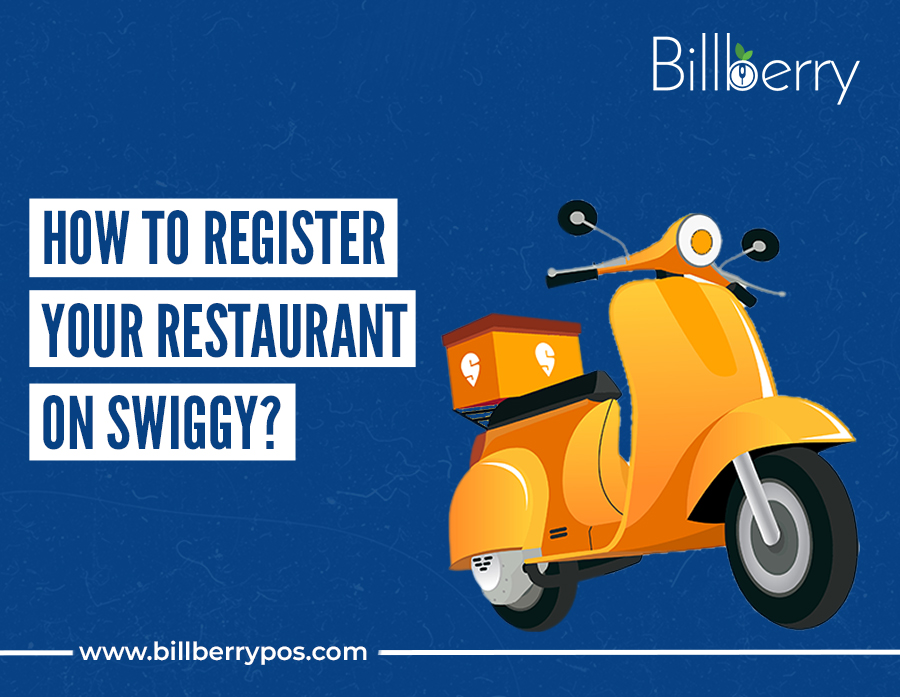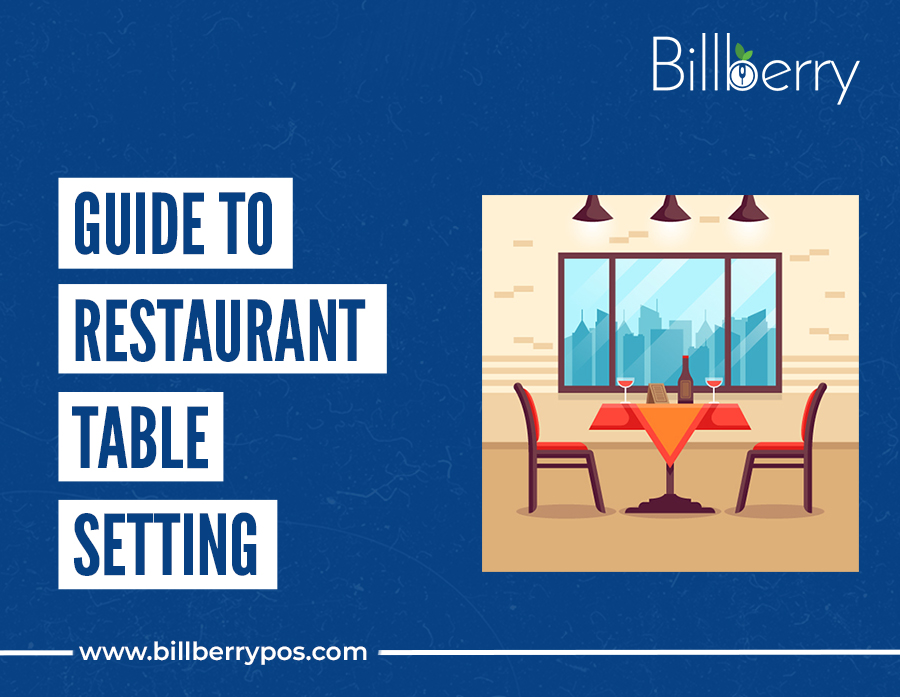Decorating a small restaurant space can be a creative and challenging task.
With limited square footage, it’s important to make the most of every inch while creating an inviting and comfortable ambiance for your customers.
With limited Restaurant space, it’s important to make the most of every inch while creating an inviting and comfortable ambiance for your customers
Lets explore ten innovative decoration ideas specifically tailored for small restaurants, helping you transform your space into a cozy retreat that leaves a lasting impression on your guests.
Restaurant Management Platform – Free Demo
Optimize the Lighting
Lighting plays a crucial role in setting the mood of any establishment.
For small restaurants, consider using a combination of natural light and warm, soft lighting fixtures.
Install large windows or skylights to maximize natural light during the day.
In the evening, incorporate pendant lights, wall sconces, or table lamps to create an intimate and inviting atmosphere.
Restaurant Management Platform – Free Demo
Utilize Mirrors
Mirrors are a fantastic tool for creating an illusion of space.
Strategically placing mirrors on the walls can reflect light and make your small restaurant appear larger.
Opt for decorative mirrors in interesting shapes and frames to add a touch of elegance to your space.
Restaurant Management Platform – Free Demo
Choose Light Colours
When it comes to small spaces, lighter hues can work wonders.
Paint your walls in light, neutral tones like creams, pastels, or whites.
Light colours help open up the space, making it feel more spacious and airy.
You can also incorporate pops of colour through artwork, upholstery, or accessories.
Restaurant Management Platform – Free Demo
Embrace Vertical Space
Make the most of your vertical space by utilizing tall shelves or wall-mounted racks for storage and display.
Install hanging planters or pendant lights to draw the eye upward and create an illusion of height.
Vertical gardens can also add a touch of greenery without taking up valuable floor space.
Restaurant Management Platform – Free Demo
Creative Seating Arrangements
Choose seating options that are flexible and space-efficient.
Opt for banquettes or built-in booths along the walls, which save space and provide a cozy seating experience.
Utilize small round tables that can be easily rearranged to accommodate different group sizes.
Folding or stackable chairs are also excellent options for maximizing space when needed.
Restaurant Management Platform – Free Demo
Showcase Local Art
Support local artists by incorporating their artwork into your restaurant’s decor.
Display paintings, photographs, or sculptures on the walls to add visual interest and a unique touch.
Local art not only enhances the ambiance but also creates a connection with the community.
Restaurant Management Platform – Free Demo
Incorporate Greenery
Plants are a fantastic way to bring life and freshness to any space.
Introduce potted plants or hanging planters to add a touch of greenery and natural beauty.
Choose low-maintenance plants that thrive indoors, such as succulents, ferns, or pothos, to ensure easy upkeep.
Restaurant Management Platform – Free Demo
Define Zones with Dividers
If your small restaurant needs to serve multiple purposes, consider using dividers to define different zones.
Use decorative screens, bookshelves, or curtains to separate the dining area from the bar or waiting area.
This helps create a sense of privacy and organization within the limited space.
Restaurant Management Platform – Free Demo
Showcase Unique Fixtures
Incorporate unique fixtures and statement pieces to add character to your restaurant.
Choose eye-catching chandeliers, pendant lights, or vintage lamps that serve as conversation starters.
Unconventional fixtures can become focal points, diverting attention from the size limitations of the space.
Restaurant Management Platform – Free Demo
Pay Attention to Details
Lastly, pay attention to the smallest details to create a cohesive and inviting atmosphere.
Invest in quality table linens, elegant cutlery, and comfortable seating cushions.
Add finishing touches like decorative vases, candles, or personalized menus to enhance the overall dining experience.
Restaurant Management Platform – Free Demo
Conclusion
Decorating a small restaurant space requires thoughtful planning and creative solutions. By optimizing lighting, utilizing mirrors, and
incorporating vertical space, you can create the illusion of a larger and more inviting environment.
Choosing light colours, flexible seating arrangements, and showcasing local art adds personality and charm.
Additionally, incorporating greenery, defining zones with dividers, and showcasing unique fixtures elevates the ambiance of your small restaurant.
Remember to pay attention to the smallest details, as they contribute to the overall atmosphere and customer experience.
By investing in quality table linens, cutlery, and comfortable seating cushions, you create a sense of luxury and comfort that enhances the dining experience for your guests.
While decorating a small restaurant can present its challenges, it also offers a unique opportunity for creativity and innovation.
By implementing these ten decoration ideas, you can transform your limited space into a cozy retreat that captivates your customers and keeps them coming back for more.
So, roll up your sleeves, gather inspiration, and embark on the journey of creating a beautifully decorated small restaurant that reflects your style, delights your guests, and sets the stage for memorable dining experiences.
Moreover, this blog post is curated by the content experts at Billberry. It is a complete restaurant management platform manages everything right from procurement to customer engagement.
To understand how a complete restaurant management system can help upscale your restaurant operations, book a free demo for Billberry restaurant management platform.
You might also like:
How to Register Your Restaurant on Zomato?
Reduce Paper Waste at Restaurant: A Sustainable Approach
Platform VS POS: Which is Best For Your Restaurant?



































